October is breast cancer awareness month, an annual campaign to raise awareness about the impact of breast cancer. Breast cancer is a disease in which malignant (cancer) cells form in the tissue of the cells. This whole month, one of our top priorities should be educating women on what they can do to be more proactive towards their breast health.
Breast cancer in India
Breast cancer is the country's leading cause of cancer in women, followed by cervical cancer. Together they account for 39.4% of the total cancer cases in women in India in 2020, reports the National Centre for Disease Informatics and Research.
In 2020, more than two lakh women in India were estimated to have been diagnosed with breast cancer, and more than 76,000 deaths were reported as per the estimates. As per the 2020 National Cancer Registry Program Report, the number is expected to rise to more than 2.3 lakh cases in 2025.
It's not just in India, breast cancer is the most prevalent form of cancer worldwide. One in every four cancer patients among women had breast cancer in 2020 globally, as per the data from the International Agency for Research on Cancer. In terms of mortality, 37.2% of women died from this disease in India in 2020. The mortality rate in India was higher than the Asian rate of 34%. The global average was 30%.
What can women do?
40% of diagnosed breast cancers are detected by women who feel a lump, so establishing a regular breast self-exam is very important. Adult women of all ages should perform breast self-exams at least once a month. While mammograms can help you to detect cancer before you can feel a lump, breast self-exams help you to be familiar with how your breasts look and feel so you can alert your healthcare professional if there are any changes.
Breast cancer is not usually preventable but you can detect it early with three simple steps.
Breast self-exam
- In the shower – Check for any lump, thickening, hardened knot, or any other breast changes.
- In front of a mirror - Look for any changes in the contour, any swelling, or dimpling of the skin, or changes in the nipples.
- Lying down - Place a pillow under your right shoulder and your right arm behind your head. Using your left hand, move the pads of your fingers around your right breast gently covering the entire breast area and armpit. Check for any discharge or lumps.
Mammography can detect tumours before they can be felt, so screening is key for early detection. But when combined with regular medical care and appropriate guideline-recommended mammography, breast self-exams can help women know what is normal for them so they can report any changes to their healthcare provider.
If you find a lump, schedule an appointment with your doctor, but don’t panic — 8 out of 10 lumps are not cancerous.
Risk factors that cannot be changed
- Gender
- Age
- Race
- Family history and genetic factors
- Personal health history
- Dense breast tissues
- Menstrual and reproductive history
- Certain genome changes
Lifestyle and environmental risk factors (avoidable risk factors)
- Lack of physical activity
- Poor diet
- Being overweight or obese
- Drinking alcohol
- Radiation to the chest
- Combined hormone replacement therapy
60-70% of people with breast cancer have no connection to these risk factors at all, and other people with risk factors will never develop cancer.
Many breast cancer symptoms are invisible and not noticeable without a professional screening, but some symptoms can be caught early just by being proactive about your breast health. Take charge of your breast health by knowing the early signs and symptoms.
Signs and symptoms of breast cancer
- Nipple tenderness or a lump or thickening in or near the breast or underarm area
- A change in the skin texture or an enlargement of pores in the skin of the breast
- Any unexplained change in the size or shape of the breast
- Dimpling anywhere on the breast
- Unexplained swelling or shrinkage of the breast
- Recent asymmetry (unequal or lack of sameness) of the breasts. Although it is common for women to have one breast that is slightly larger than the other, if the onset of asymmetry is recent, it should be checked.
- Any kind of discharge from the nipple
Healthy habits that can reduce the risk of breast cancer
Although you cannot prevent cancer, some habits can definitely help reduce your risks
- Maintain a healthy weight
- Stay physically active
- Eat fruits and vegetables
- Do no smoke
- Limit alcohol consumption
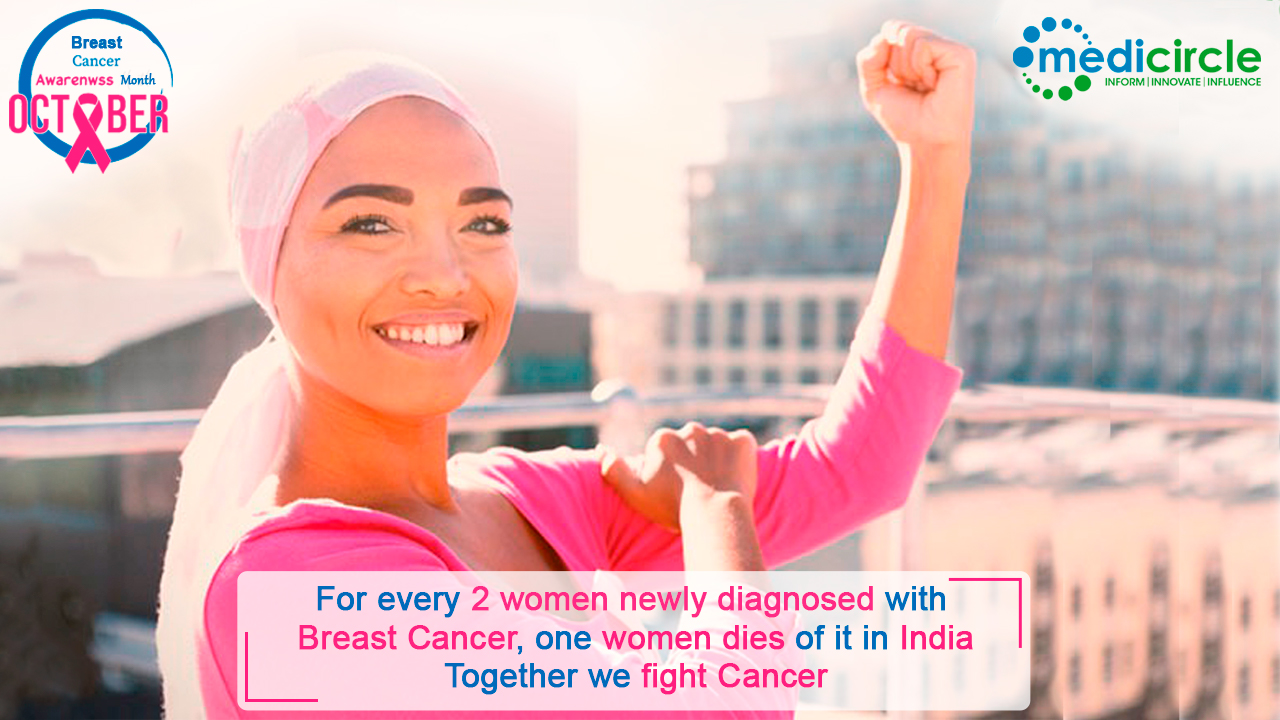
 The mortality to incidence ratio of breast cancer is very high in India when compared with other Asian countries and globally. The higher mortality rate is owing to low cancer literacy of breast cancer risk and a lack of awareness about breast cancer screening programs. Let’s take charge of breast health by knowing the early signs and risk factors.
The mortality to incidence ratio of breast cancer is very high in India when compared with other Asian countries and globally. The higher mortality rate is owing to low cancer literacy of breast cancer risk and a lack of awareness about breast cancer screening programs. Let’s take charge of breast health by knowing the early signs and risk factors.








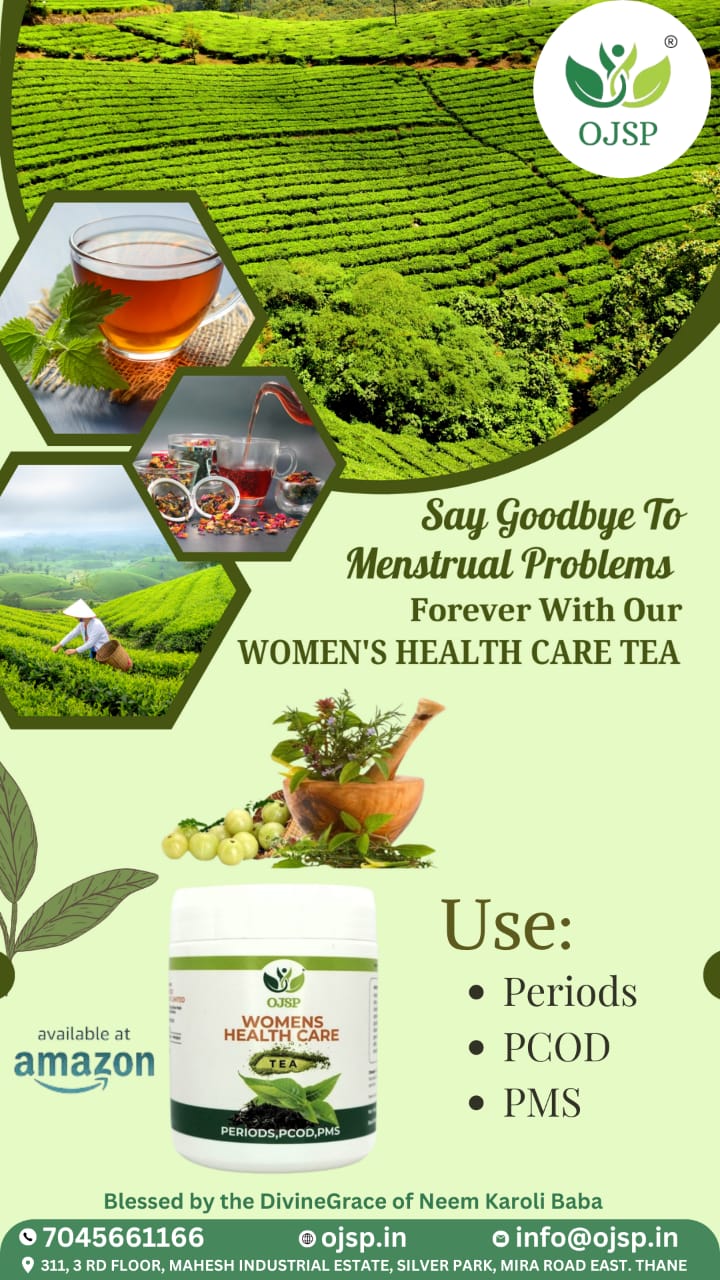
.jpeg)

.jpg)
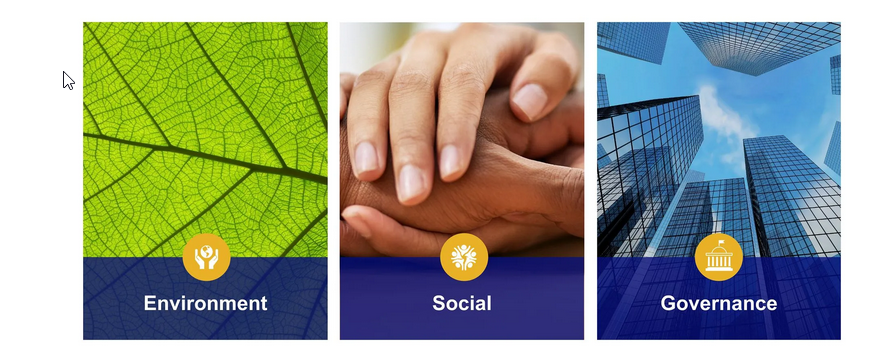
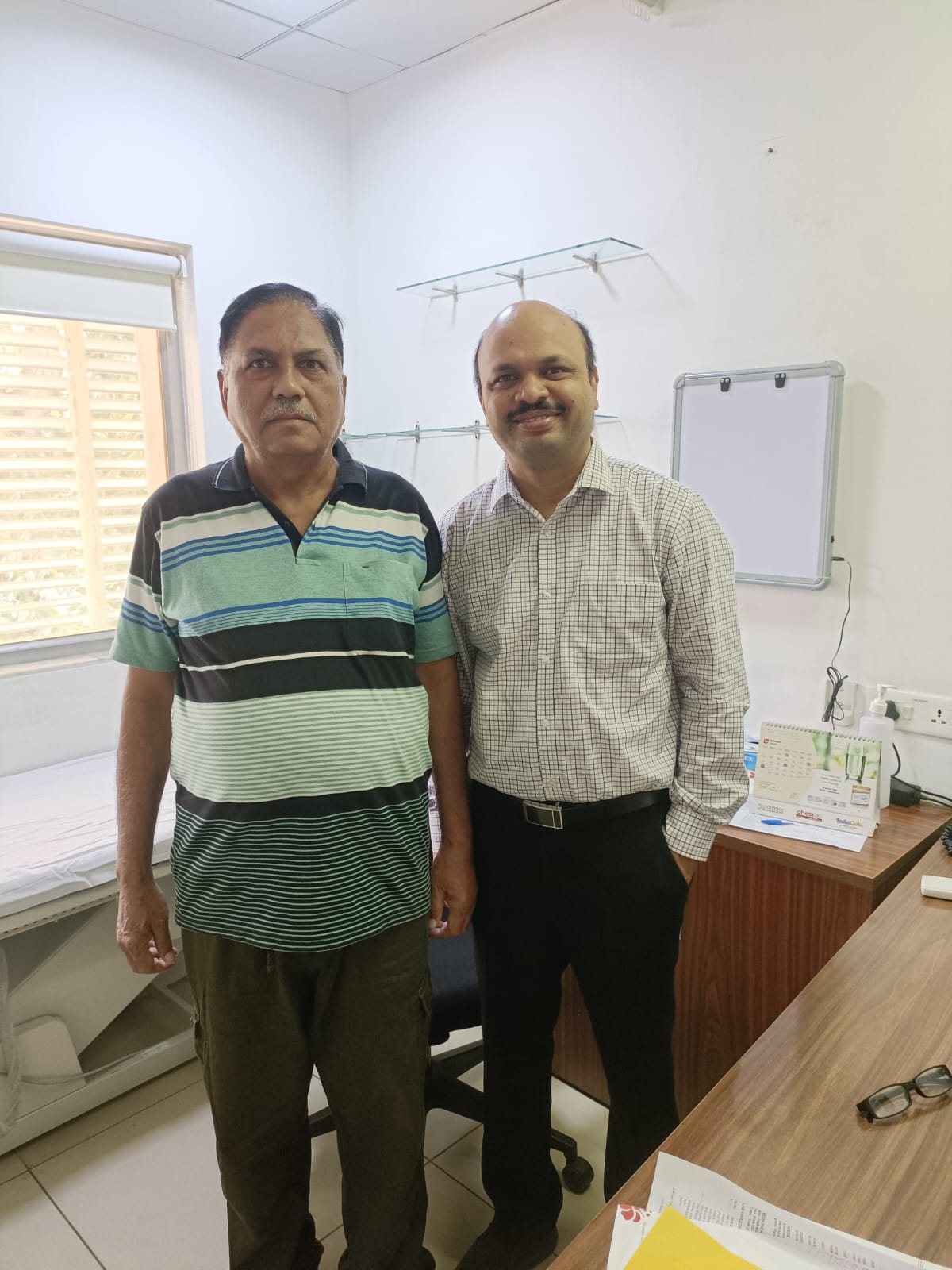

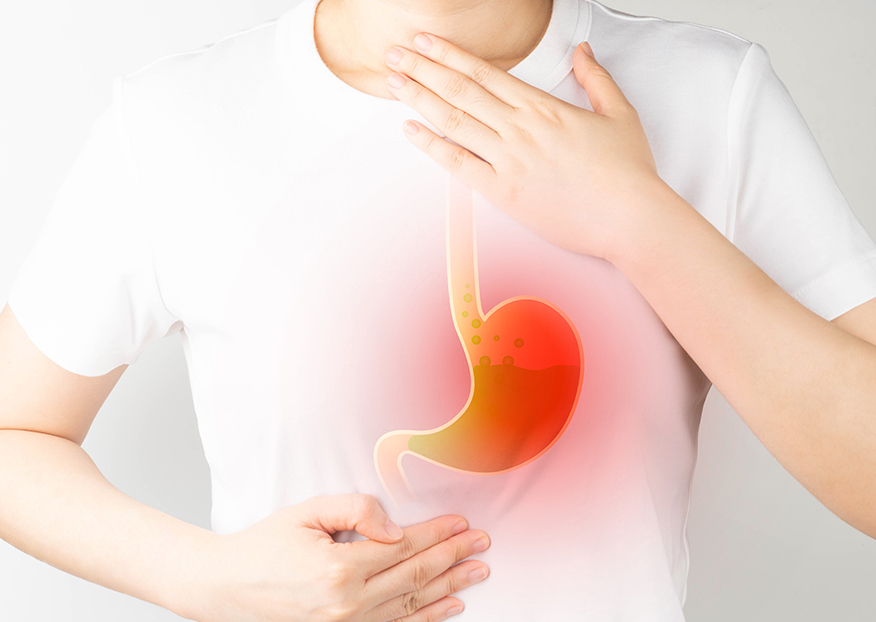
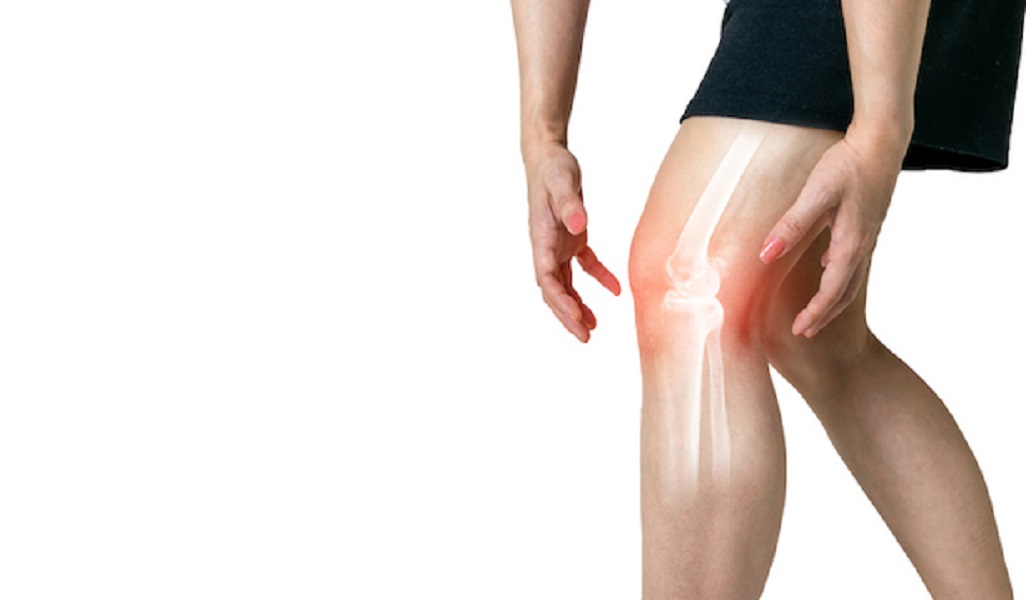

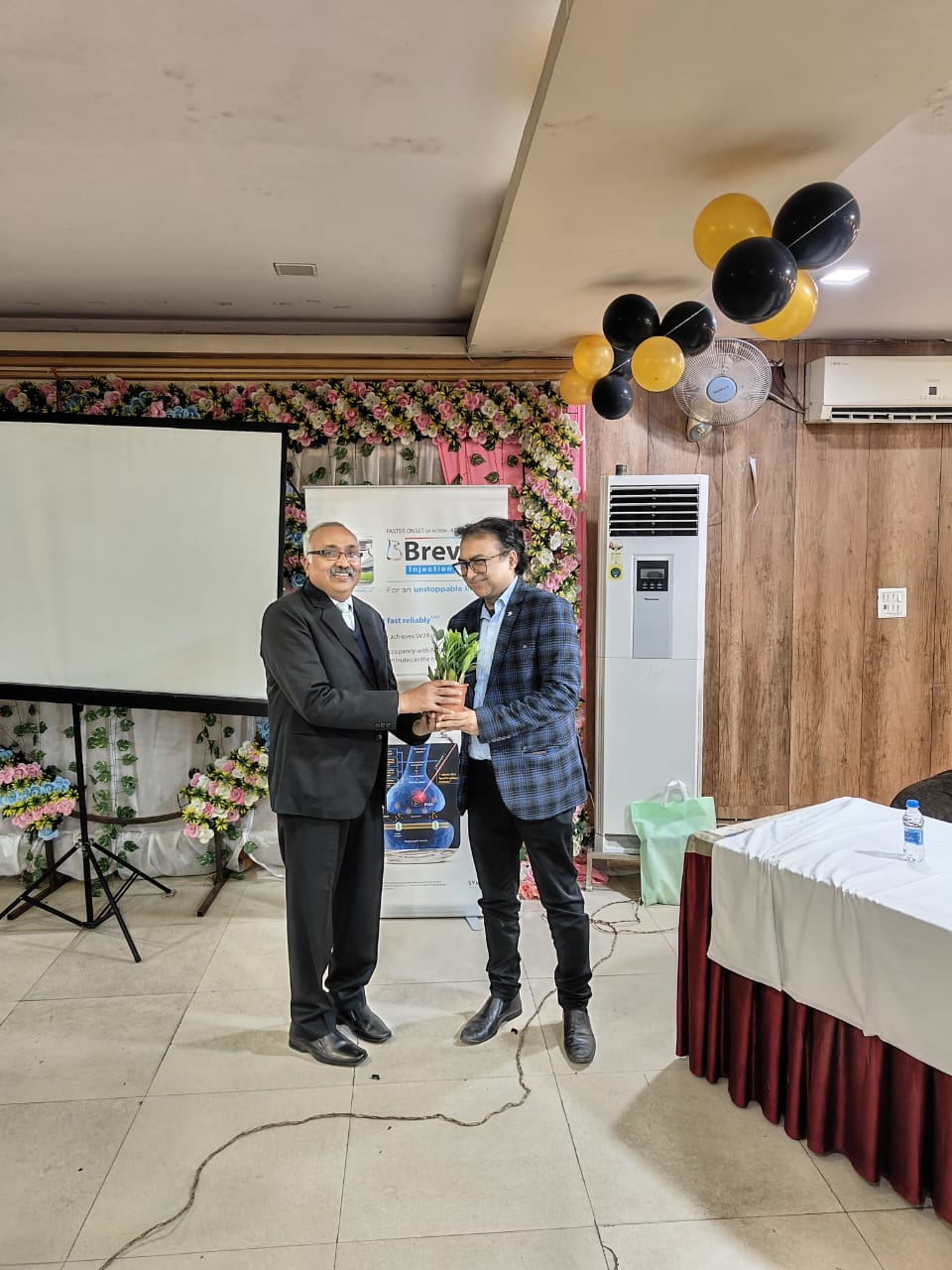

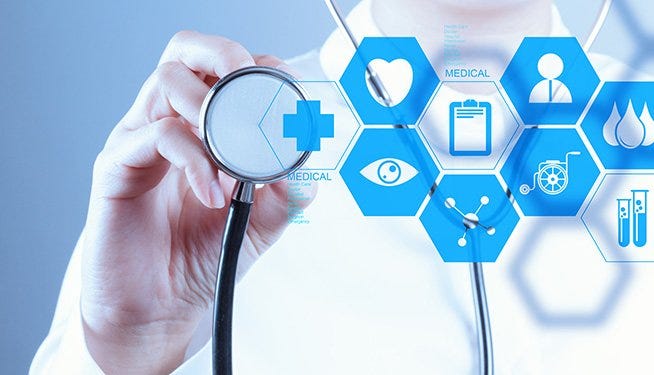
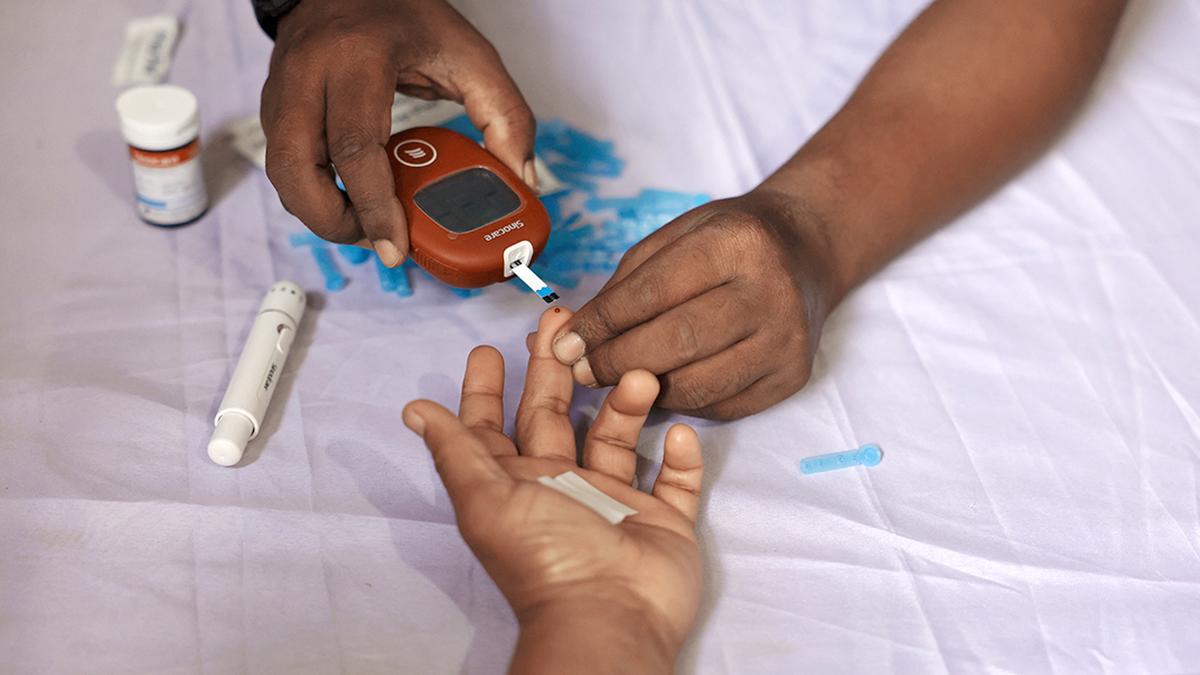
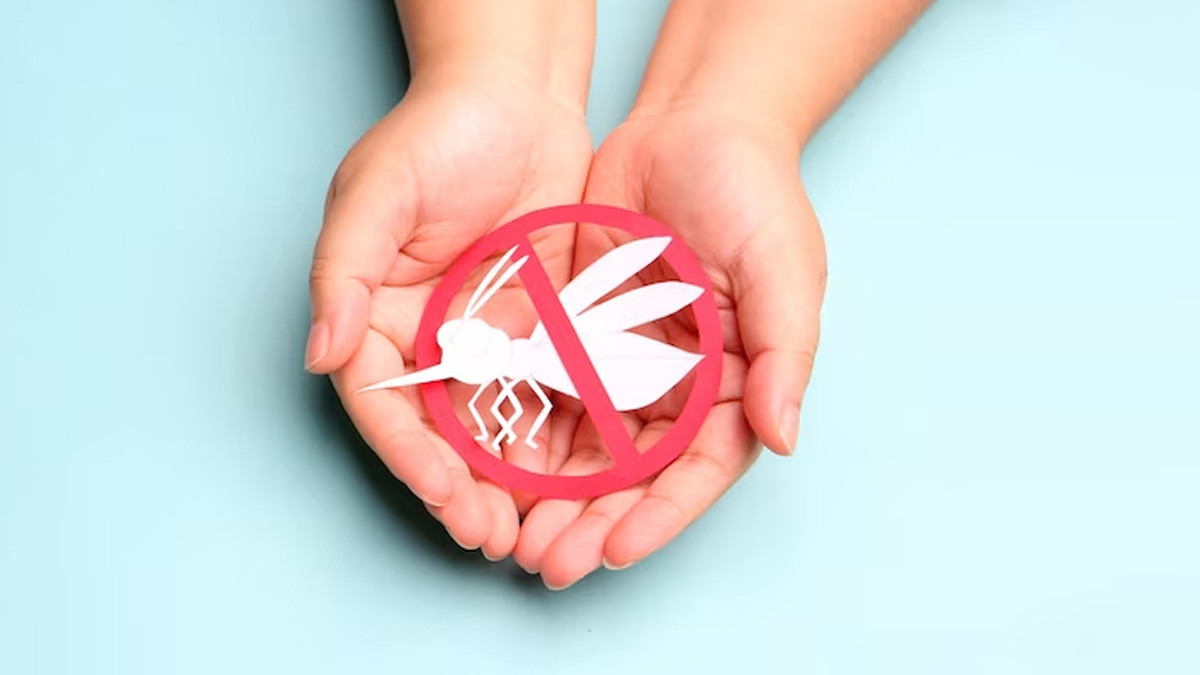

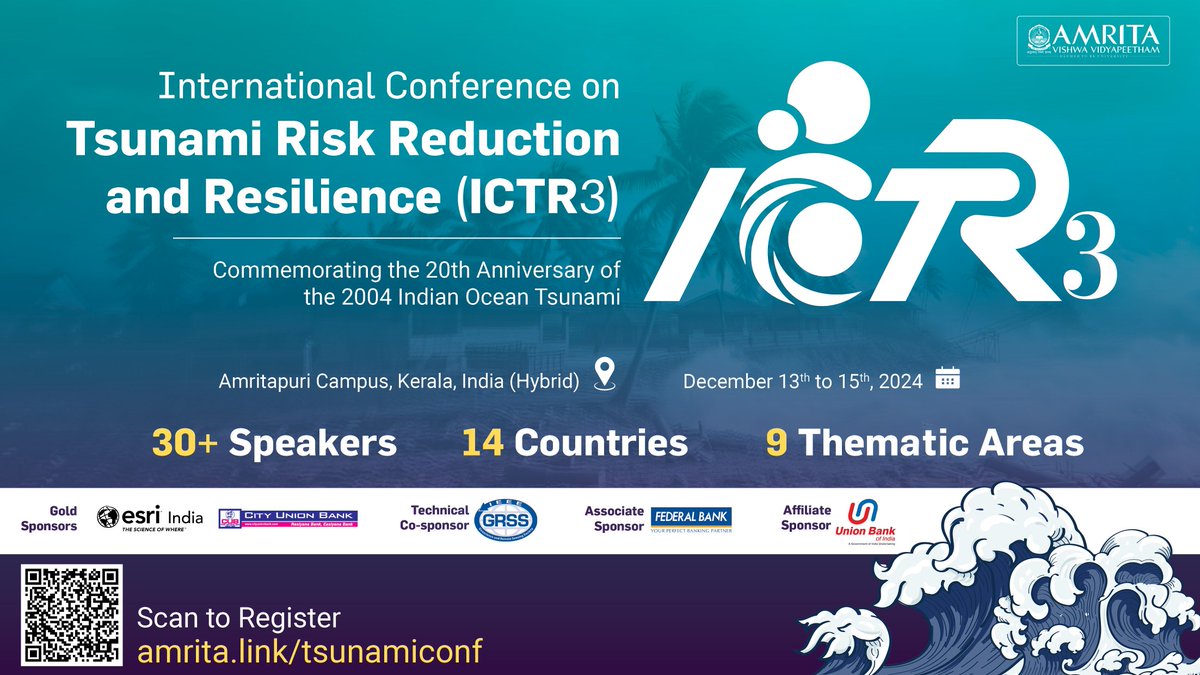
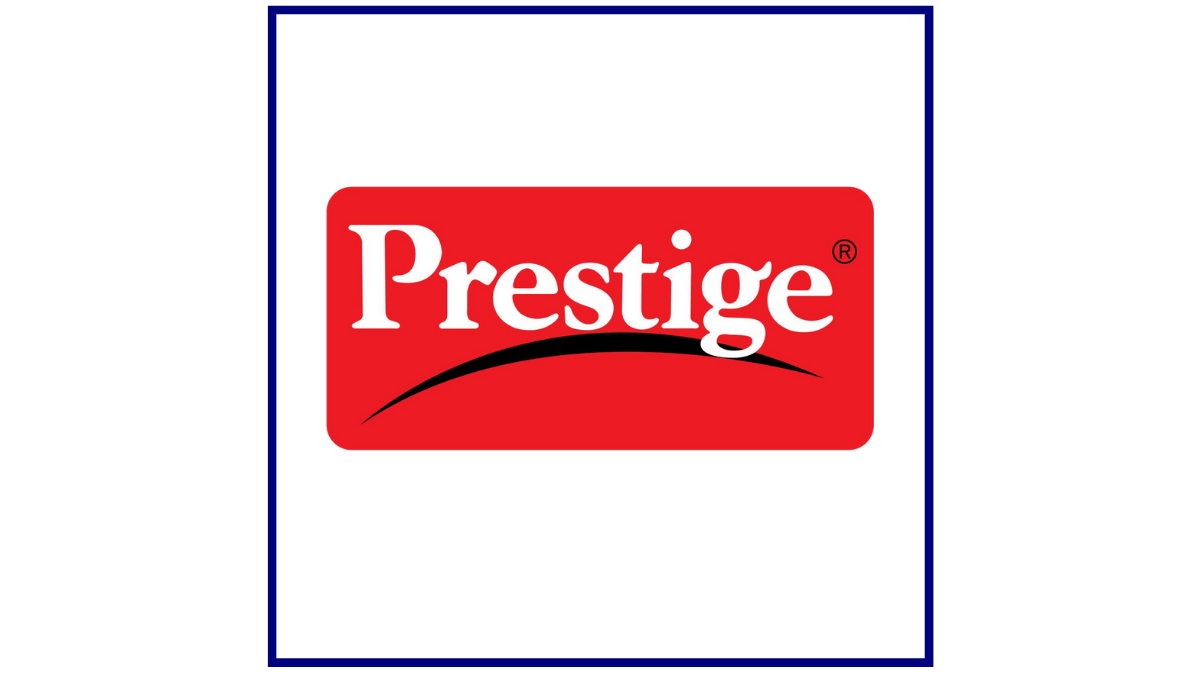

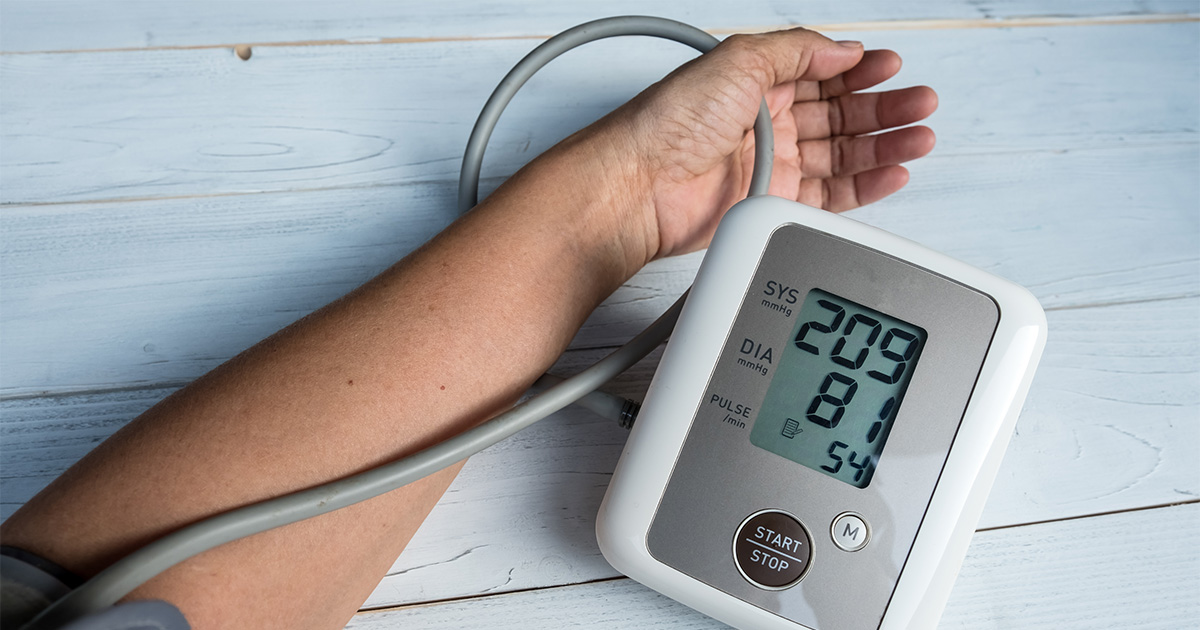


.jpg)